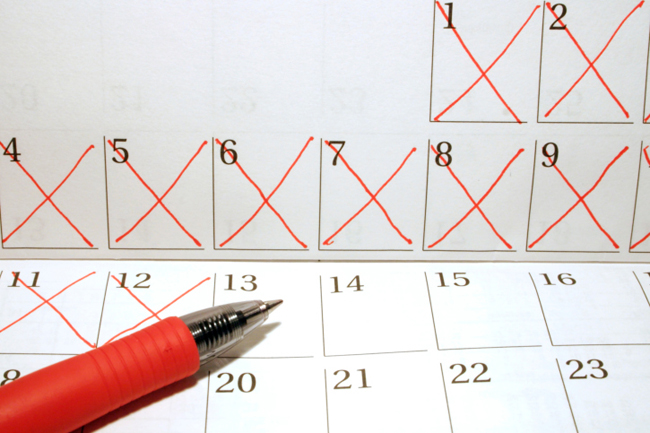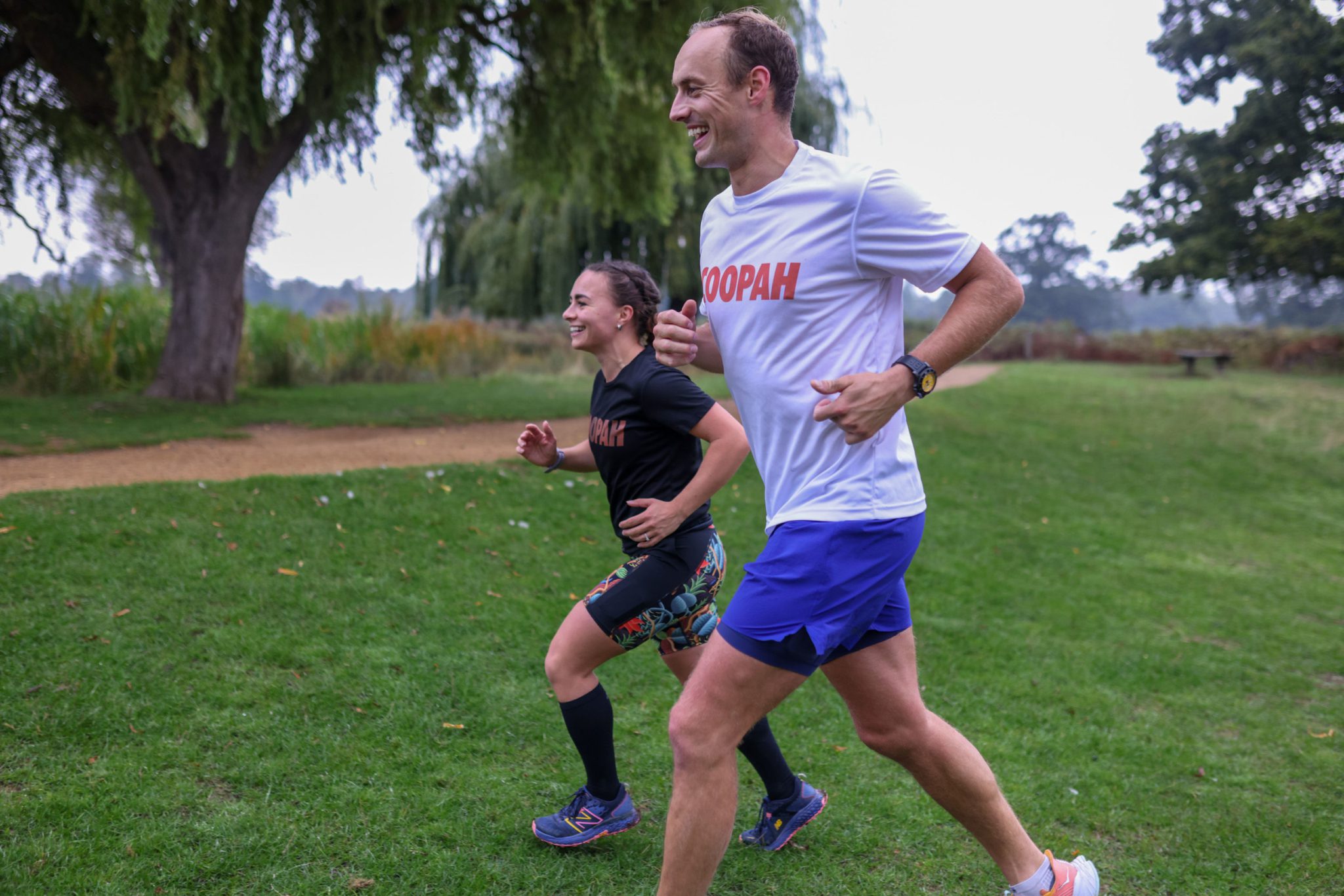You lay in bed staring at the ceiling once again. ‘Should I run today?’ Excuses not to run go head to head with the reasons you need to get out there. But what if there was no option?
In the world of running, ‘streaking’ is quite common. There is even the United States Running Streak Association (www.runeveryday.com). Their active streak list boasts over 269 runners, with some that have streaked over 40 years. The official definition of a running streak, as adopted by the USRSA Inc, is “to run at least one continuous mile within each calendar day under one’s own body power.”
The legendary Ron Hill has run at least one mile for the last 48 years – and he’s inspired others to do the same. This was the case with Wil Valovin. Wil, a runner from West Yorkshire, has been running the last two and a half years without a day missed.
Valovin says: “Exercise is nature’s Prozac. Running releases endorphins, reduces stress, reduces anxiety, makes you feel happy. Why not run every day?”
The upside
What could possibly prompt a runner to commit to running every day, through rain, snow, sleet or even the flu or other illness?
Alastair Russell, from Edinburgh, started his run streak on a run with a pal on January 1, 2009. One of the interesting benefits that he has found to run streaking is, “once I’ve made the decision to run, there is no need to go through the daily debate. I don’t have to consider how I feel, what the weather’s like and a million other things I would use as an excuse to sit on the sofa eating popcorn.”
Dr Steve Gangemi, aka Sock Doc, is an experienced runner and triathlete with over 20 Ironman races to his name. Dr Gangemi says: “The positives would be, if training is primarily aerobic during the longer runs (several miles), one would build a superior aerobic base and increase their mitochondria, the powerhouses of the cells, and improve fat-burning capacity.”
The President of the USRSA, Mark Washburne, has been running every day since December 31, 1989. During his 23 years of running, he feels his streak running has kept him competitive for racing.
“I love to race and last year I ran 56 races,” he says. “I also seem to be improving with age. I had never won my age group until I was 51.”
The downside
Those in the midst of a run streak have a hard time coming up with negatives. Still, they find there are day-to-day challenges.
Valovin has been challenged by colds, illness, and the odd hangover during his streak.
“Psychologically I find at times the one mile run can be the most challenging,” he says. “Long days at work and having small children at home can sometimes push the daily run on until late at night.”
Besides the psychological and mental hurdles, there are also physical negatives.
Dr Cucuzzella explains: “Multiple types of activity, especially as one gets older are beneficial. Running is specific to running, but as we age we need to think about strength and doing activities where we move in other directions. Make physical activity part of your day, but you do not need to run every day.”
A safe and successful streak
Jumping into a streak with no running history could be quick way to get injured. Streaking is not for everybody.
On the USRSA website, there is an article published by the association’s founder John Strumsky on the dangers of running streaks. The article highlights that, “mainly through insufficient training and inadequate conditioning that most runners are injured. However, with enough background and experience, streak runners can build in ongoing rest breaks…by running a slower pace or shorter distance at least once or twice each week.”
One good way to find out if your cut out for a run streak is setting small streak goals. For example, start with a week or two, and see how you feel.
Dr Gangemi defines a successful streak as one that improves health and fitness. He feels that if the miles are kept high day after day, eventually the body will not adapt properly and break down. He says: “If you want to keep the streak going, then use those one mile days as recovery days and even have weeks where you only do one mile runs with some strength added.”
As individuals we all react differently to different running programs. Some thrive with long slow mileage; others seem to be built for short speedy sessions. So, is a running streak for you? There is only one way to find out.
Want your say? Email us at editorial@wildbunchmedia.co.uk
Join the Men’s Running community for more comment, analysis and race information direct your inbox. Follow us on twitter @mensrunninguk







